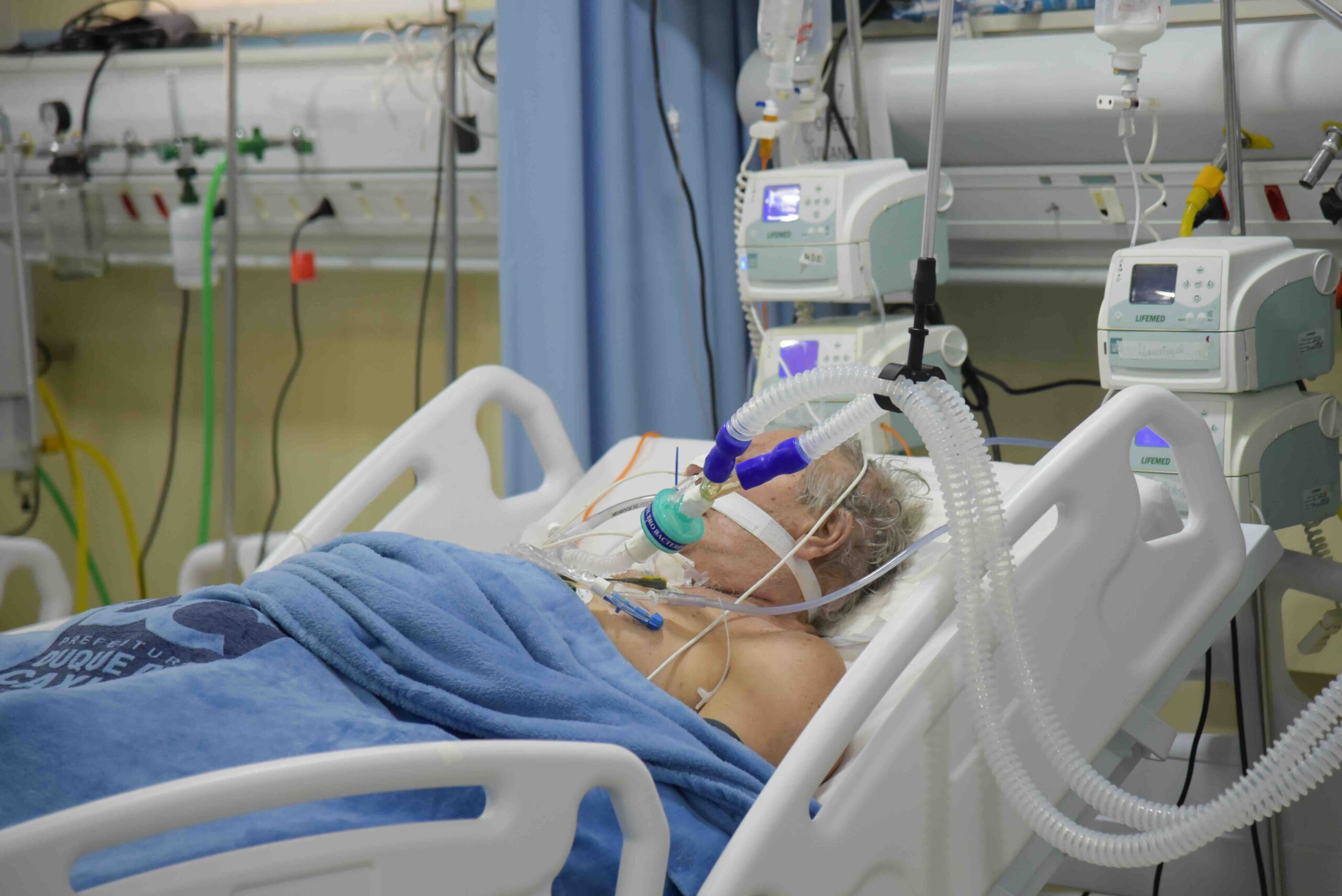It was misleading for the Alfred Hospital’s spokesperson to suggest that a patient’s “chances would have been better” had an intensive care bed been available. Emergency departments have access to drugs, life-support equipment and competent professionals. It seems likely, therefore, that Mrs Long died as a result of her illness, not lack of access to services.
I am concerned that the recent publicity of Mrs Long’s death will result in lobbying to increase the funding for critical care services. Such an increase would inevitably be at the expense of other less acute areas, such as Community Health Centres.
I used to be an intensive care unit nurse and am now engaged in PhD study. I have spent the past year communicating with patients six months after their discharge from an ICU.
My research has focused on “quality of life”, believing that conventional statistics, such as those of mortality, tell only a very small part of the story. Knowledge about how a person lives after being treated with an array of medical technologies is surely the ultimate yardstick.
Empirical evidence from my study suggests that there is a remarkable lack of support for people after their discharge from ICU. After investing thousands of dollars to “save lives”, many patients do not have access to the relatively inexpensive services that may enhance their quality of life after their discharge from hospital.
Before we pour more of our health dollars into critical care services, let’s ensure that we are able to provide adequate services to support people both before and after.
First published as a letter to The Australian on 19 July 1994
